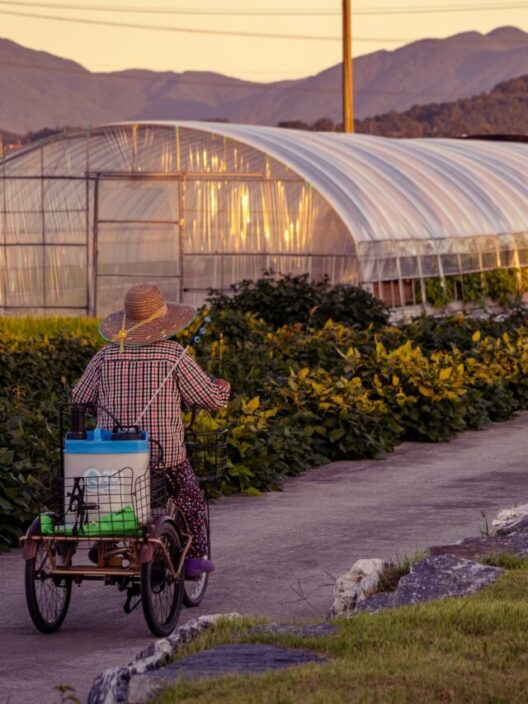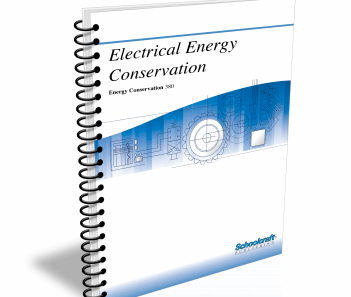In a world increasingly confronted with the daunting reality of climate change, the responsibility to conserve energy lies on our shoulders. Yet, the pivotal question remains: how can you conserve energy in your daily life without sacrificing the comfort you cherish? This inquiry isn’t merely rhetorical; it challenges you to reflect on your habits while embarking on a quest for innovation and efficiency.
Let’s embark on this delightful journey of discovery. The first domain to evaluate is your home environment. Heating and cooling are typically the most energy-hungry components of any household. A perplexing but simple solution arises: improve your home’s insulation. By sealing leaks around windows and doors with caulk or weather stripping, you can maintain a more stable indoor climate without blasting the thermostat. This relatively small change can lead to significant energy savings and a surprisingly comfortable living space.
Consider the concept of thermal mass. If your house can absorb heat during the day and release it at night, your reliance on mechanical heating systems diminishes. You might ask, “How can such a concept effectively marry comfort with conservation?” By strategically placing heavyweight furniture or utilizing materials like stone or concrete, you create a natural temperature regulation system that keeps your home cozy while reducing energy demand.
Next, let’s turn our attention to lighting. Many homeowners still rely on incandescent bulbs—an outdated choice considering the existence of energy-efficient alternatives. Swapping these for LED bulbs can yield impressive results without compromising ambiance. Additionally, take full advantage of natural light. An open curtain can illuminate a room beautifully while cutting down on your need for artificial lighting. You might find yourself marveling at the effects of sunlight streaming through your windows. How many more hours of comfort could you gain simply by rearranging your living spaces?
Then, we have appliances. Energy-efficient devices are the unsung heroes of energy conservation. They may require a larger upfront investment, but their efficient operation pays dividends in reduced monthly bills. It’s a skillful balancing act between initial costs and long-term savings. Additionally, through strategic usage—waiting until you have a full load before running the dishwasher or washing machine—you can maximize efficiency while minimizing your carbon footprint.
But what about your daily routines? Consider the captivating concept of energy-conscious habits. Instead of defaulting to the dryer (which consumes vast amounts of energy), think about line-drying your clothes. This practice not only saves energy but also gives clothes a fresh scent that a dryer can’t replicate. You might encounter challenges with time constraints, of course, but can the joy of fresh air-dried linens surpass the obligation of immediate convenience?
Another playful area to explore is your culinary practices. Many might assume that energy conservation and gourmet cooking are at odds, but that couldn’t be further from the truth. Using a slow cooker or pressure cooker can yield delicious meals while consuming a fraction of the energy of traditional stovetops. Additionally, cooking in bulk and then reheating meals is a double win—saving both energy and time. The art of meal planning is not only an organizational challenge but a practical way to foster comfort and sustainability in your kitchen.
A pivotal player in the energy conservation game is your digital consumption. The modern world is rife with electronics, many of which remain plugged in and drawing power even when not in use. Adopt the habit of unplugging devices or using power strips with switches for easy shutoff. Creating a household challenge to see how much energy you can save each month can inspire teamwork and engagement from your entire family. How much could your household save if everyone committed to turning off devices when not in use? The potential savings could be staggering.
Contemplate the outdoor realm alongside your indoor sanctuary. Landscaping with native plants can reduce the need for irrigation while creating an aesthetically pleasing environment. Not only does this practice benefit water conservation, but it naturally enhances biodiversity. You may ask yourself, “Can my backyard become both a personal oasis and an environmental champion?” The answer is a resounding yes.
Furthermore, when it comes to transportation, make an effort to limit individual car usage. Opting for public transport, carpooling, biking, or even walking for short trips lessens fossil fuel consumption. Each step, or pedal stroke, you take towards a greener lifestyle is significant. Consider forming a community biking group. How much fun could it be to blend fitness and sustainability? Together, you might just create a vibrant culture of eco-friendly commuting.
As the journey through daily energy conservation continues, remember that the crux lies in mindfulness. The more you cultivate awareness around your energy usage, the more apt you become at finding harmonious solutions. Each seemingly minor adjustment contributes to a larger tapestry of sustainable living, woven together by the proactive choices each individual makes. This isn’t just about reducing numbers on a bill, it’s about cultivating a future where comfort coexists with conservation—each benefiting from the other.
Ultimately, the challenge lies before you. Will you accept this playful invitation to rethink your energy consumption? The reward—not merely a lighter footprint, but the comfort of knowing you’re making a tangible difference—is well worth the endeavor. Embrace these adjustments and inspire others to join your quest. The battle against climate change requires collective action, and it all begins in your own home. With conscious effort, comfort and sustainability can indeed share a harmonious partnership.








